Measurements I. - KMXMT1EBNF
Academic year/semester: 2024/25/2
ECTS Credits: 6
Available for: Only for the faculty’s students
Lecture hours: 1
Seminarium:0
Practice: 0
Laboratory: 2
Consultation: 0
Prerequisites: Electricity I.
Course Leader: Zsolt Markella
Faculty: Kandó Kálmán Faculty of Electrical Engineering, 1084 Budapest, Tavaszmező utca 17.
Course Description:
To attain the measuring principles, necessary for measuring basic electrical quantities. Knowledge of construction and handling of most important electrical measuring instruments, interpretation of their technical specification. Knowledge, necessary to select optimal measuring methods and instruments.
Competences:
-
Topics:
1. Basic concepts of measurements. Definition and aims of measurements. Classification of signals. Units of quantities. The SI system of technical units.
2. Etalons of electical quantities. Classification of measuring methods. For of the result measurement. Sources of errors in measurements. Description of errors.
3. Series of measurements, evaluation of the results. Hystogram and probability dension function. Distribution functions.
4. Best estimation of the result of the measurement. Accumulation of the errors during mathematical operations. Displaying the measured results. Regression. Correlation.
5. Measuring direct voltages. Classification of the instruments. Electromechanical instruments. Construction and operation of the hard-magnet instruments. Equation of the instrument, parameters, sources of errors. Application for measuring DC voltage and for DC current. Compensation method for measuring DC voltage.
6. Oscilloscopes: classification, basic operation modes of analog oscilloscopes. Units of oscillloscopes: the mainframe, the vertical deflection system, operation modes, parameters.
7. The horizontal deflection system, operation modes, parameters. Triggering modes. Application of oscilloscopes for measuring amplitude, frequency, time, phase-shift etc.
8. Sampling modes in oscilloscopes. Digital Storage Oscilloscope: operation, blind time problem and solution modes.
9. Classification of electronic voltmeters, block-diagrams, operation, application fields. Digital methods to measure direct current and voltage, their specifications. Methods for analog-digital
conversion, their parameters.
10. Measuring alternating voltage. Useful parameters of alternating voltage and current. Operating principle and specification of electromechanical measuring instruments for alternating voltage.
11. Classification and parameters of analog electronic instruments for measuring alternating voltage. AC/DC converters and their specification. Digital instruments for measuring alternating voltage, the most important specification.
12. Measuring distortion of sinewave signals, block-diagram and application of distortion meters. Classification of generators, basic block-diagrams. Operation and specification of function generators.
13. Measuring current by converters. Measuring resistance.
14. Application of DC bridges for measuring electrical resistance. Digital method for measuring resistance. the four-wire method. Analog and digital multimeters, block-diagrams.
Assessment: Conditions of entering to the exam: Laboratory practice part Students should write a test every weeks. There are two type of test: - „starter test”: 2 questions from new measurements starter question lists - „test for mark”: 5 questions from the previously measured themas At the end of the semester students should make an independent measurement. The laboratory practice result is the mathematical average of independent measuremt mark and the „test for mark” marks. You should retake every falid tests during the semester Lectures part During the semester we will write 3 tests. The test work contains 7 questions. The student get 1 points for every correct answers. Every test must reache at least 3,5 points. At the end of the semester students should write an retake test from the whole semester. This test contains 21 questions. A test work is successful if it reaches at least 10,5 points Signature replacement In an examination period students should write an retake test from the faild tests. The maximum number of the retaken tests are 3. Examination The way of the exam is oral. Calculation method for the mark: avarage of the laboratory practice result and the exam result
Exam Types:
Mid Term Exam
Compulsory bibliography: Dr. Horváth Elek: Méréstechnika jegyzet (ÓE-KVK-1161) Lecture slides https://elearning.uni-obuda.hu/ Zsolt Markella: Measurement Laboratory 1/A https://elearning.uni-obuda.hu/ Zsolt Markella: Measurement Laboratory 1/B https://elearning.uni-obuda.hu/ Zsolt Markella: Measurement Laboratory 1/C https://elearning.uni-obuda.hu/
Recommended bibliography: Kiss Ernő: Elektronikus műszerek Schnell: Jelek és rendszerek méréstechnikája Helfrick-Cooper: Modern Electronic Instrumentation and Measurement Techniques Chin: Elektronic Instruments and Measurements
Additional bibliography: -
Additional Information: -



